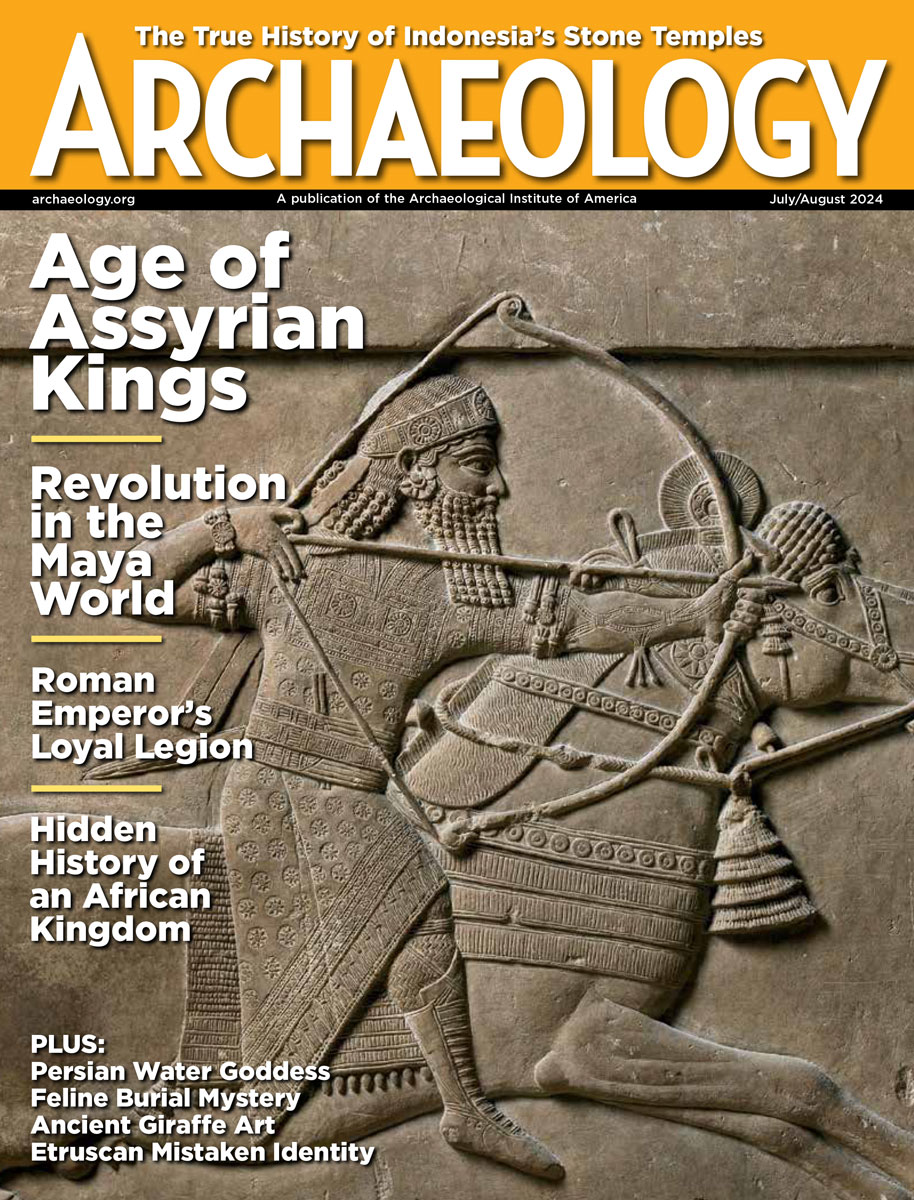Friday, May 21
by Jessica E. Saraceni
May 21, 2010
Inscribed copper plates and bronze statues dating to the eleventh or twelfth century A.D. were unearthed from a Hindu temple in Tamil Nadu, a state on the southern tip of India. R. Nagaswamy, former director of the state department of archaeology, called them a “fantastic discovery and the find of the century.â€
Al-Ahram Weekly offers entertaining details from a recent press conference at Taposiris Magna with Zahi Hawass and Dominican archaeologist Kathleen Martinez. “I believe that it is impossible that Cleopatra was buried in her palace [now underwater in Alexandria’s harbor] because of Egypt’s political situation. It was not only the end of the Ptolemaic era but the end of Egypt as a free country,†explained Martinez. Â
Residences for the living, complete with guinea pig pens, artwork, and human remains, have been uncovered atop a Moche pyramid in Peru. South of the pyramid, archaeologists found a large number of copper artifacts. “The power of these elites could very much have been grounded in control of copper production,†said Edward Swenson of the University of Toronto. Â
A new block-sized skyscraper in downtown Pittsburgh has been decorated with artifacts retrieved from its site, which was once home to nineteenth century businesses such as banks, a boarding house, a tea room, and a seed store. Â
The skeleton of a fourteenth-century knight who’d been buried in Stirling Castle, Scotland, has been identified as Sir John de Stricheley, an Englishman. He was probably killed by a Scottish arrow.
Comments posted here do not represent the views or policies of the Archaeological Institute of America.









